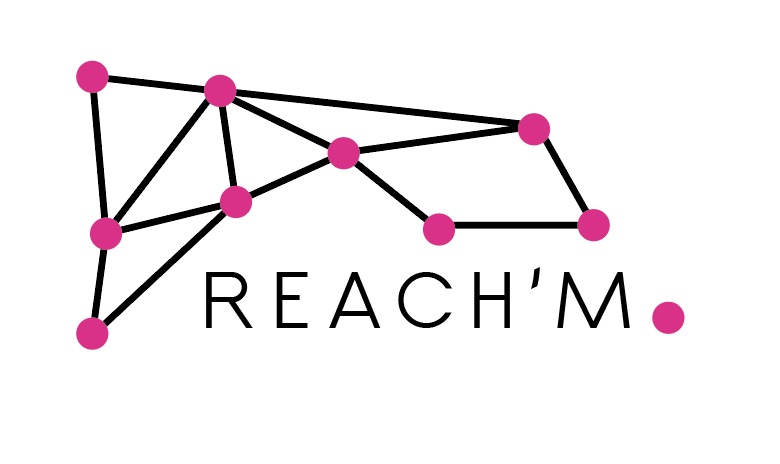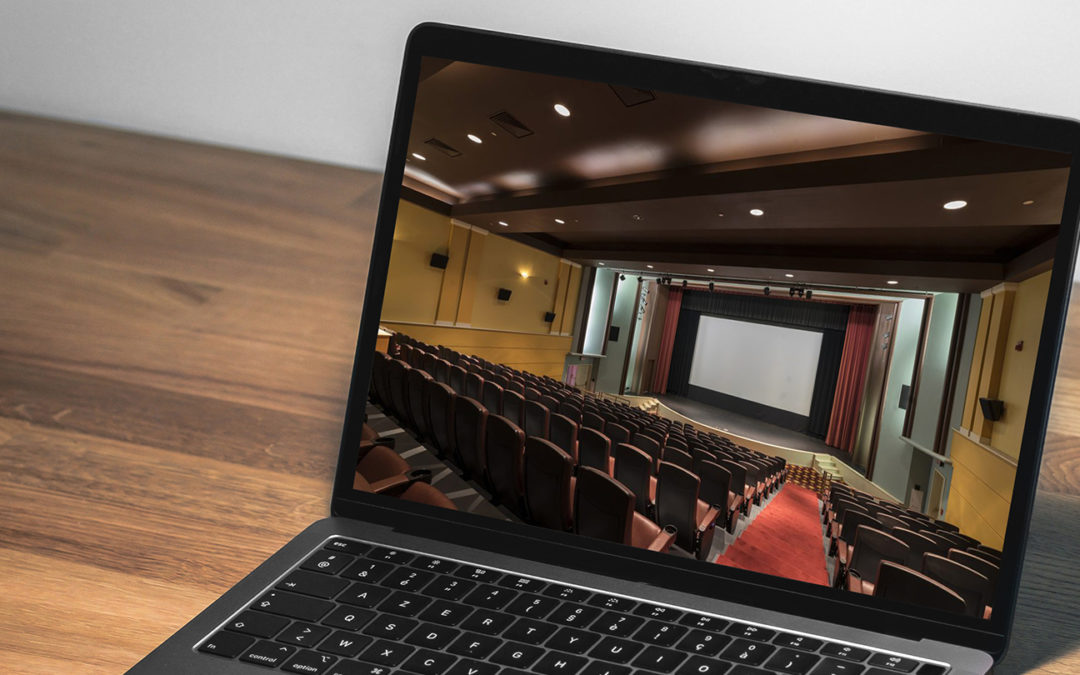How to love your digital screening room more and more
There was no doubt about it. During the corona pandemic, we cried out confidently that “hybrid was here to stay”. It is safe to say that working remotely has indeed proven to stick around. But at film festivals and in cinemas we see that in 2023 the focus is on one thing: getting the theaters filled with physical visitors again. You can’t blame them: the digital auditorium has not proven yet to be a pot of money and it turned out to require specific attention and manpower in terms of programming, communication and technology. But if you ask European film theaters and distributors about the role of online film in the future, everyone seems to be unanimous: the belief in the potential of virtual cinema is still there and they expect it to only grow.
So how to deal with virtual cinema then, post-pandemic? In this article series by Janneke van Laar from Medialoc, one of the initiators of the REACH’M project, a selection of tips and concrete practical examples for film exhibitors who (want to) screen films online and would like to experiment further. A selection from our experience of recent times, to make you love your digital screening room more and more.
—
#1: It all starts with your identity
During the pandemic, no film festival or film theater really had a choice: you had to move your program online. The alternative was closing the doors. Technically, virtual cinema took a huge leap forward in a short time frame because of this. However, there was usually little time to carefully think out the online viewing and program strategy, and virtual cinema was often seen as a temporary alternative. Today we see that online techniques are regularly seen as a complicated must. And above all: separate from further practice. What if this period, now that the urgency is behind us, is precisely the time to redefine the role of virtual cinema in your practice?
There are roughly two ways of offering virtual cinema. You either offer it through an external and central platform, like Picl which successfully facilitates so for Dutch film theaters both before and during the pandemic. Or you provide virtual cinema directly to your audience, through your own website or platform. In this article, we zoom in on the latter case. If you ask us, we believe that virtual cinema, offering as a direct provider, can be used sustainably if you approach the online space from the same vision as your physical space. If you are clear about what kind of exhibitor you are, you can design your online room accordingly. And possibly fit your own model.
What do you want to achieve as an exhibitor? Do you focus on retrospectives or a specific genre? Do you have an audience that comes for special, one-off screenings? Do you like to look for experimentation and innovation? Are you mainly a platform for local makers and local work? In brief: what if you approach the online space as an additional room, deriving from the same identity and core values as your physical rooms? That way, you can use your online venue to create extra value, for instance in deepening your content and increasing your audience – after all, you usually don’t have to do it for the money.
IDFA was one of the first film festivals in the Netherlands to go online in 2020, making use of the MediaContainer by Medialoc in order to do so. And from day one the festival in our opinion had a firm vision on what the online version should look like. We sat down with Cees van ’t Hullenaar, managing director at IDFA, and quizzed him on the festival’s vision for virtual cinema before and during the pandemic. And what he thinks the future of online viewing looks like for IDFA.
Play with form
As you can imagine, online programs require a different strategy for each exhibitor. There is no one size fits all. Many parties however take a generic approach to their online film program, where the user pays per film and watches at a convenient time. A model we are familiar with from the major streaming services. In contrast, we see few exhibitors playing with the ‘live’ fact, such as timed screenings that can only be seen at a specific moment or using interaction possibilities.
Much different from what IDFA did right from the start in 2020. By that time, there already was an online component in place called IDFA TV, but this functioned merely as a digital film archive. When IDFA was forced to move its festival online due to the pandemic, interesting conversations arose within the team about how to shape this. It even involved some hardcore media theory, including the thoughts of cultural philosopher Walter Benjamin who believed that the soul of a work disappears when it is technically reproduced. In line with this, for IDFA it became important to determine what makes a film festival a film festival, and to preserve this when creating an online version.
“We wanted to keep that festival feeling.”
Cees van ’t Hullenaar, managing director of IDFA
Realizing the festival’s vital importance as the start of a film’s lifecycle in the industry, IDFA determined three main pillars for its online strategy: urgency, context and social. For instance, on the one hand, urgency was created by organizing timed, live screenings online, explicitly without a timeline in which the viewer would be able to scroll back and forth. On the other hand, there was a limitation on the number of tickets available and online screening times of a film in order to create a sense of exclusivity. Context was for example created by providing online programme introductions and q&as. To recreate the social aspect of the festival, interaction opportunities were deployed at screenings and digital one-on-one meetings were arranged.
With the pandemic behind us, the vision on what the online role is for IDFA has been re-examined. Whereas during the pandemic the virtual festival was considered an online replacement for the physical, for IDFA it now has a complementary role to play. In particular, IDFA sees itself as an institution for documentary film, not just a festival that pops up once a year. The online can contribute to this by adding online and context to the physical programme. For instance, IDFA is currently creating an online magazine that includes film that will be appearing regularly.
“I have never been a big online viewer.
If I can watch something in the cinema, I prefer to watch it there.
Online has to really add something.”
Cees van ’t Hullenaar, managing director of IDFA
Find existing and new audiences
Approaching your online venue from a similar vision as your offline venue is also important when you realize that it is not necessarily a completely different audience that watches arthouse films online. In fact, research by Picl conducted within the project Everybody in the (art)house! shows that it is often the same group that simply watches more. And with that, you could say that your online and offline audiences are to a certain degree the same group.
Yet you can make your online offer explicitly accessible to a different audience. IDFA wants its future online program to reach audiences they would otherwise have difficulty reaching. Think of international professionals meeting each other or screen film online. And reaching children and school classes, or people with an auditory or visual impairment.
Best practices
Finally, we asked IDFA about some of the success factors of virtual cinema:
- Create urgency with your online programme. Make viewers feel like they want to be part of something unique and temporary.
- Classics often work well online. This was a surprise for IDFA: the expectation was that the audience for this would consist of purists who want to see film in the physical theater. Also, their program for young people often did well online.
- Finally: designing your virtual cinema is no ‘walk in the park’. You need specific knowledge for it, it does not bring in much money and the film sector is not always open to the idea either. In short: don’t look at it too lightly, and take your time to shape your vision properly.
—
We would love to hear what your online and hybrid plans, questions and ambitions are. In any case, we are ready for you with lots of online ideas and experience! We would love to think with you. Please reach out to us via janneke@medialoc.eu.

